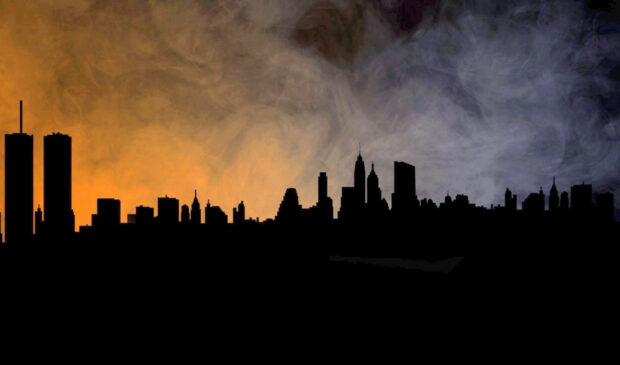
That summer, New York suffered from heat and fear. The abnormal weather was aggravated by general paranoia – on the streets of the city-operated «Son of Sam», one of the most odious serial killers in American history.
The largest metropolis in the United States was in the throes of a major crisis, and what happened on the night of 13-14 July 1977 was its climax. At 9:36 p.m. New York City was plunged into total darkness. What happened then, the mayor of the city, and then Time magazine called it the night of horror». In the hours following the massive power failure, many New York districts were looted and burned.
Many of the townspeople were severely affected by the 1977 blackout. And it wasn’t just massive looting, looting, arson, the impotence of the law enforcement system against the uncontrollable mob as such. The old New Yorkers were astonished by the rapid degradation of their city and by the hopeless presence in which it ended up. The July power outage was not the first of its kind.
In November 1965, a much larger blackout occurred, affecting not only New York and neighboring states, but even Canada. About 30 million people were left without light, but nothing like what happened in 1977 happened. On the contrary, the accident demonstrated models of mutual assistance, patience, solidarity among neighbors, respect for the property of others, and subordination to the forces of law and order.
Of course, what affected it was the early evening, when most of the owners of the small businesses, the managers of the shops, were still at their workplaces and were able to organize their effective security. But it is also obvious. New York City in 1965 and New York City in 1977 were different cities, despite the 12-year-old historical years separating them.
Just in the mid-1960s, the United States began to break down the old social fabric, and New York, as the largest city in the country, was at the forefront of this process. The first post-war generation, those «boomers», sent many old norms of life to the scrapyard of history. Public life has been liberated. But in parallel there were other processes: from New York City, as well as from practically any other major American city, the more energetic «escape of whites» began.
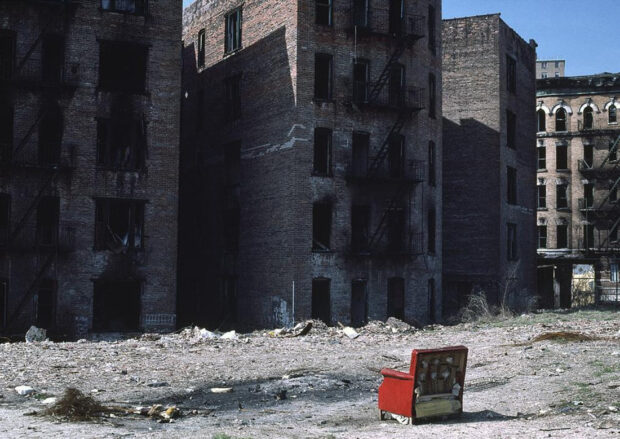
Respectable townspeople were eager to move to those most prosperous suburbs, causing emptiness and the rapid decay of formerly quiet metropolitan areas.
Often the place of the departed was occupied by the much poorer black and Latin American populations, for whom a house with a lawn was an unattainable dream. Such neighborhoods became a breeding ground for crime and drug trafficking because there were often no other ways to make money.
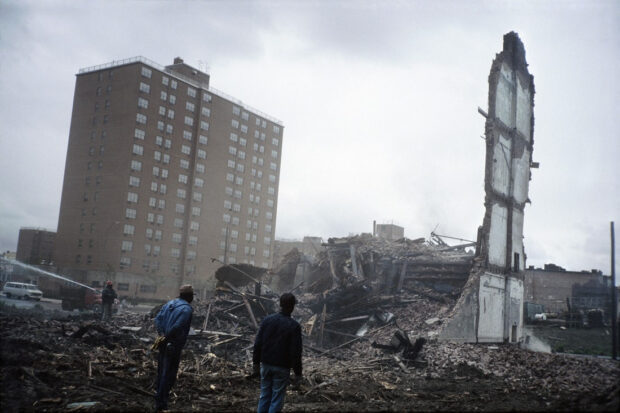
Together with the «middle class» its taxes were also leaving New York. At the same time, traditional industrial enterprises were falling.
From 1969 to 1975 alone, the city lost about half a million jobs, and they were not clerks in Wall Street skyscrapers. Once again, the poorest segments of the population have been left unemployed, whose social security has weighed heavily on the already depleted New York budget.
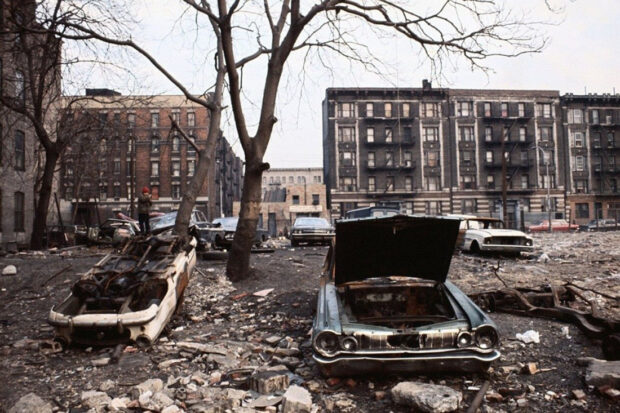
Eventually, in 1975, the city nearly declared bankruptcy and it was only at the last moment, under the pressure of public opinion, that it was rescued by the federal government, which provided the necessary financial assistance.
But still, the cost of the city’s infrastructure has been drastically reduced: thousands of policemen and firemen have been laid off, which has only contributed to the rampant crime. The New York womb formed a ghetto where gangs became full-fledged masters. And this whole spectacular journey to the status of perhaps the most dangerous city in the world has taken the major metropolis of the United States only a decade and a half.
READ: The Irish Impact on the History of NYC
Along with the rest of New York City’s infrastructure, so has the power grid. The fact that there were several competing companies in the market, whose networks were loosely linked, also played a role. New York was served by Con Edison.
So, the midpoint of the extremely hot summer of 1977, July 13th. Heavy thunderstorms are common. At 20:37, a lightning bolt hits one of the substations on the Hudson bank, which shuts down. For the next 20 minutes, two more lightning bolts will cut off four critical power lines connecting the city to Indian Point Nuclear Power Plant, 40 kilometers north. Only two of them return to service, which results in overloading the remaining power grids.
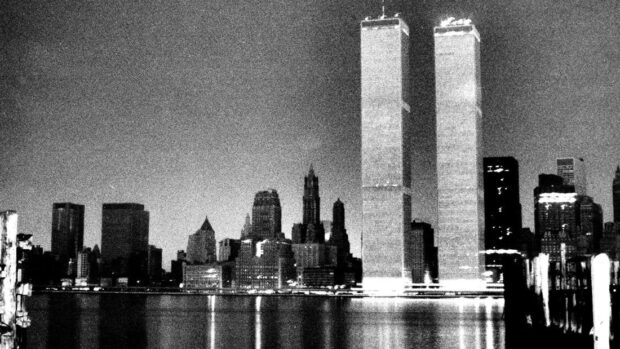
Con Edison operators try to save the situation by gradually cutting off the power supply to consumers, but this does not help.
At 21:27, the remaining main Ravenswood station in Queens is «shut down». At 21:36, almost an hour after the start of the chain of events, virtually the entire multi-million-dollar city, with the exception of a small area on Long Island served by another power company, is plunged into darkness. Only those rare buildings (such as large hospitals) that had their own independent generators were left with light.
The first to be looted by the mob were shops in the areas where she lived – the South Bronx, Brooklyn Bedford-Stuyvesant, Manhattan Harlem. So basically, looters were stealing from their neighbors. The owner of one of these shops in Brooklyn complained to Time, I didn’t even have steel bars on my windows. We thought we were part of the community. We were wrong.
READ: New York: A History of National Colors
After killing the nearby stores, the looters moved to the shopping streets of the more respectable areas. First of all, broken windows were carried out the most valuable: television sets, furniture, jewelry. Then there was a line of clothes and shoes, alcohol, medicine. In the Bronx, Pontiac showers were smashed, and 50 new cars were stolen. A young man was seen on 14th Street in Manhattan carrying a bunch of women’s bags. Two 10-year-old kids were seen on 105th Street carrying a giant TV. A woman carried three radios from the same electrical goods shop. On 125th Street, a steak store was filled with huge bags.
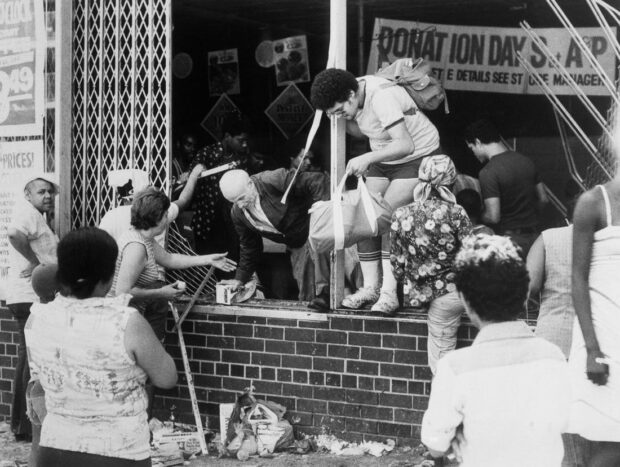
“It was Animal Night”, Police Sergeant Robert Murphy told Time. “We arrested four or five people, but they were replaced by hundreds of others. We arrived at the scene of the crime, and someone whistled the others. All we could do was chase the looters out of the store, but they fled to the next block, the next store”.
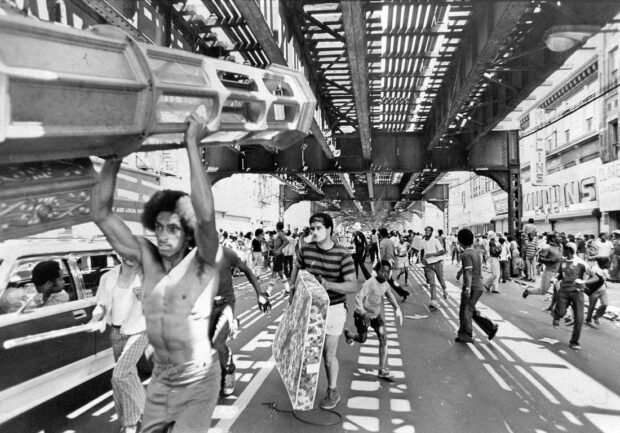
In addition to the looting, more than 1,000 fires were reported in the city, 65 of which were considered serious.
Fifty-nine rescue workers were affected. There were even more false calls made for entertainment or to distract attention from other areas. But with violence, oddly enough, it was relatively safe. Looters looted a lot and with pleasure, but did so generally peacefully: only one young man was shot in an attempted robbery. At the same time, the police did not even think to shoot the crowd – everyone still remembered the riots after the murder of Martin Luther King in 1968. Violence would only provoke more violence, in which case it is not yet known how it would end.
READ: The City Under the Earth: The History of the New York Subway
The situation returned to normal by the evening of 14 July. Eventually, the available shops ran out, the rest were provided with armed guards, and electricity was gradually turned on. New York’s power supply was restored 25 hours after the crash. «Christmas» is over, and shop owners started to calculate damages. The State provided them with some financial assistance, but not all the damage was compensated, at a conservative estimate close to a billion dollars.
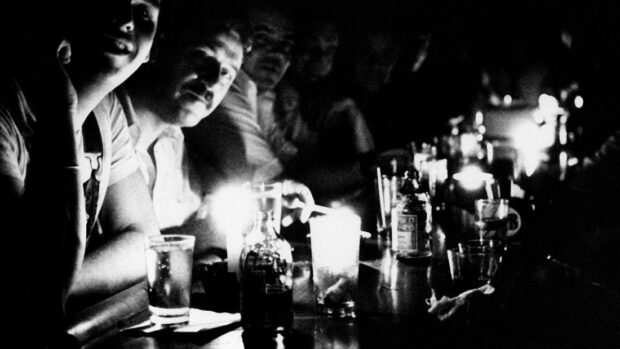
Somewhere, they didn’t notice. Many of the bars went on by candlelight. The legendary Manhattan restaurant Elaine’s on the Upper East Side hosted a street party. Guests included Woody Allen, Al Pacino, Andy Warhol, Calvin Klein.
In the company, Con Edison called blackout «the work of God». Enraged mayor Abraham Bim told the press that this is not any «God’s work», but «gross negligence at best». But it did not help him: the next election, which was soon held, the mayor lost, partly because of the accident. Energy and municipal authorities learned the lessons of what happened – it took 26 years before the next major accident in the decrepit New York grid occurred.
Blackout 1977 was a reflection of the precipice into which the city fell. And it still had a long way to go. The solvent citizens of the city began to leave the city with even more enthusiasm. New York had another two decades of difficult years ahead. Now it’s a completely different city. Former criminal ghettos have been gentrified and populated with fashionable millennials.
The rise of crime in the 1970s and 1980s is long forgotten. But there is something permanent. On July 13, 2019, the 42nd anniversary of Blackout 1977, Con Edison shut down power to 73,000 residents of the Manhattan West Side. Times Square, Madison Square Garden, Rockefeller Center, Broadway theaters, and Carnegie Hall remained without power for five hours. But this time it ended well.
Like us on Facebook for more stories like this: